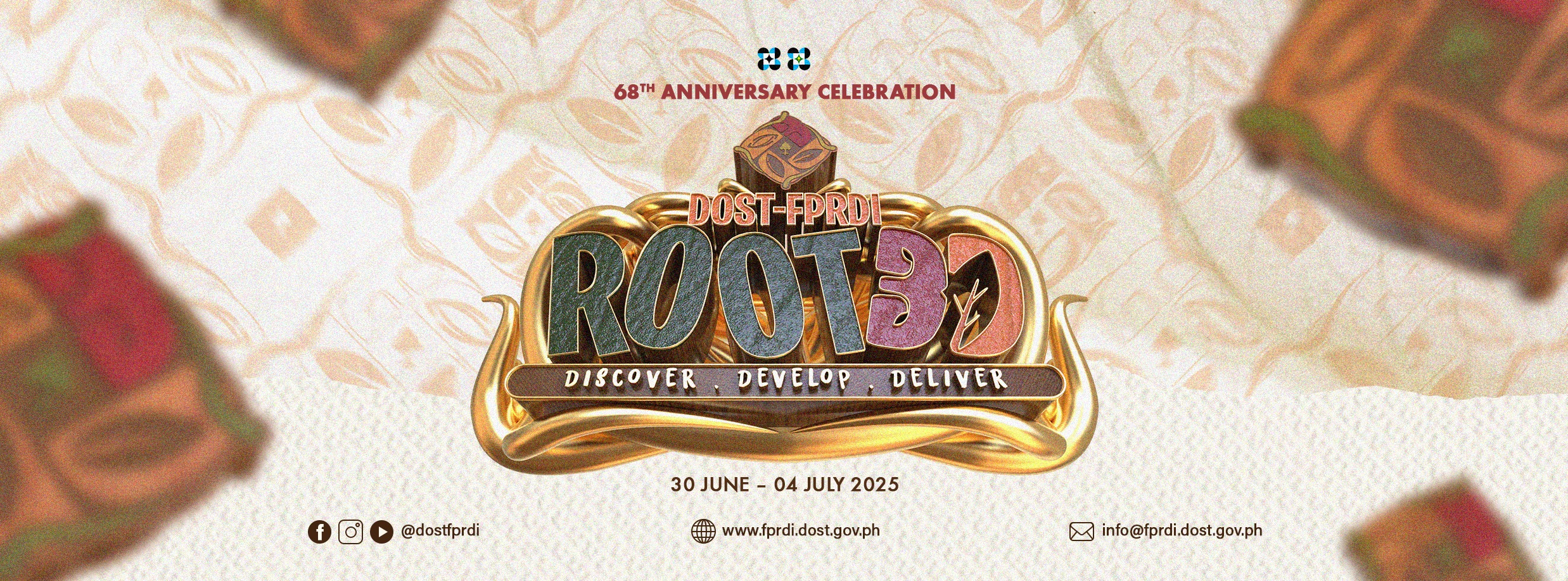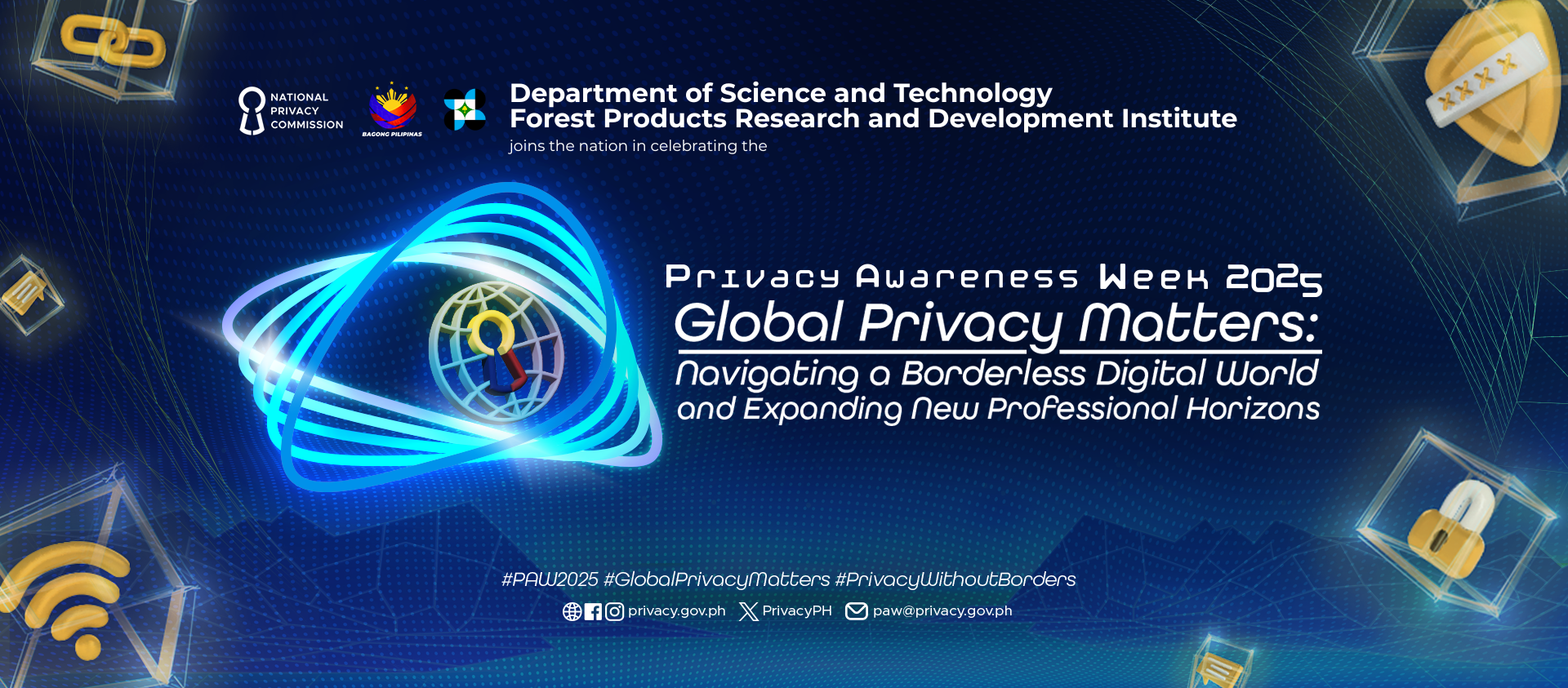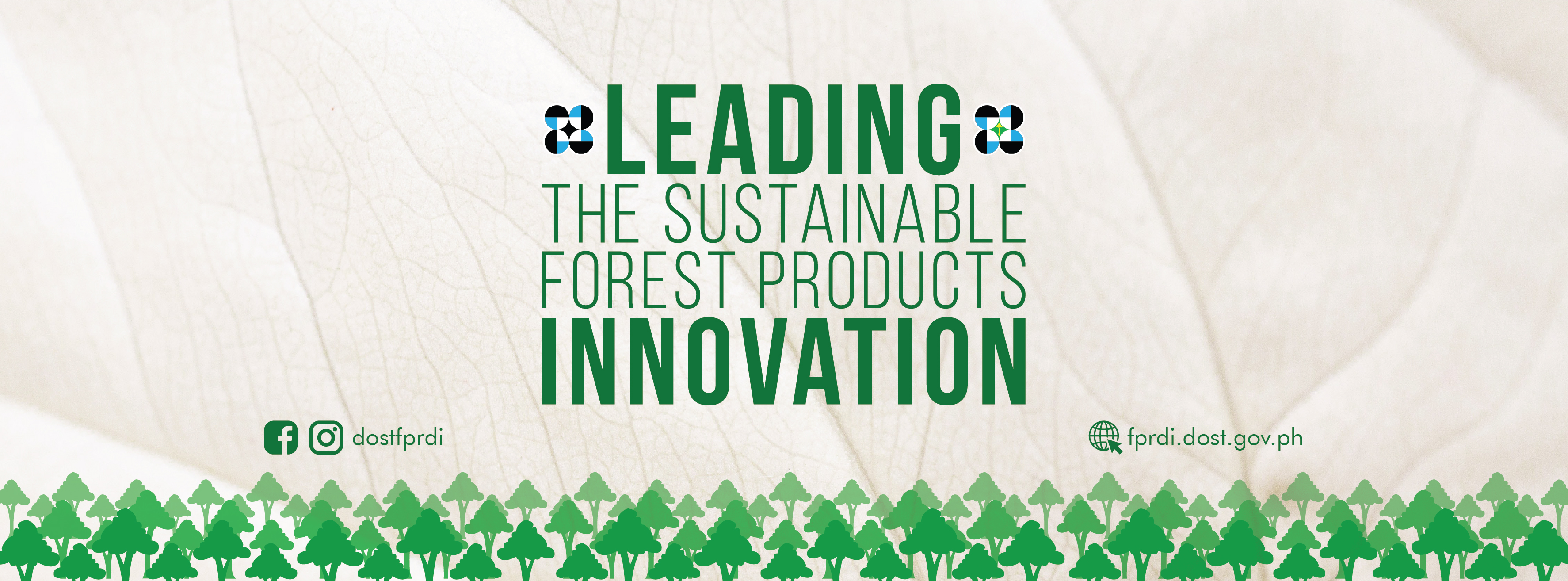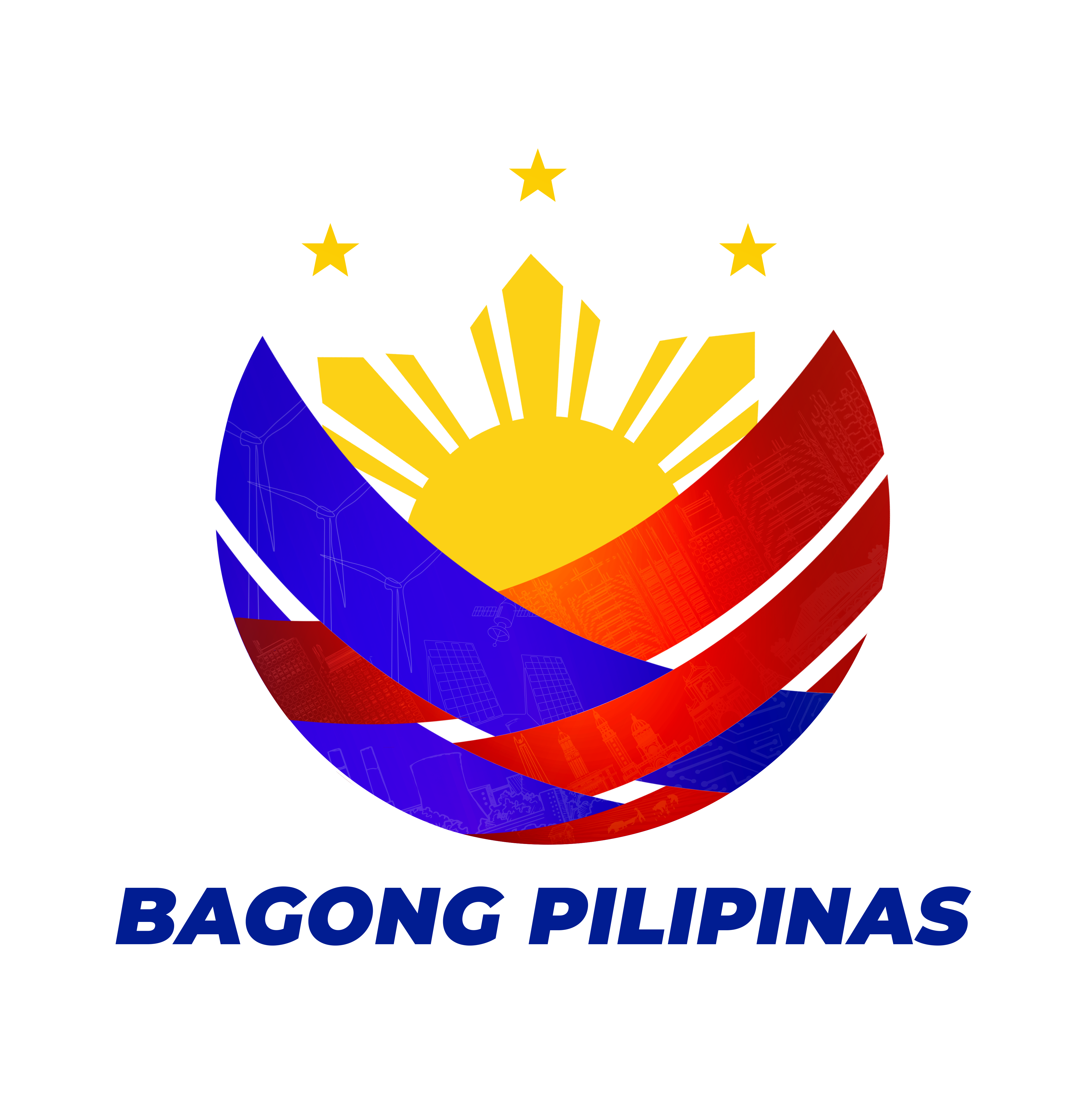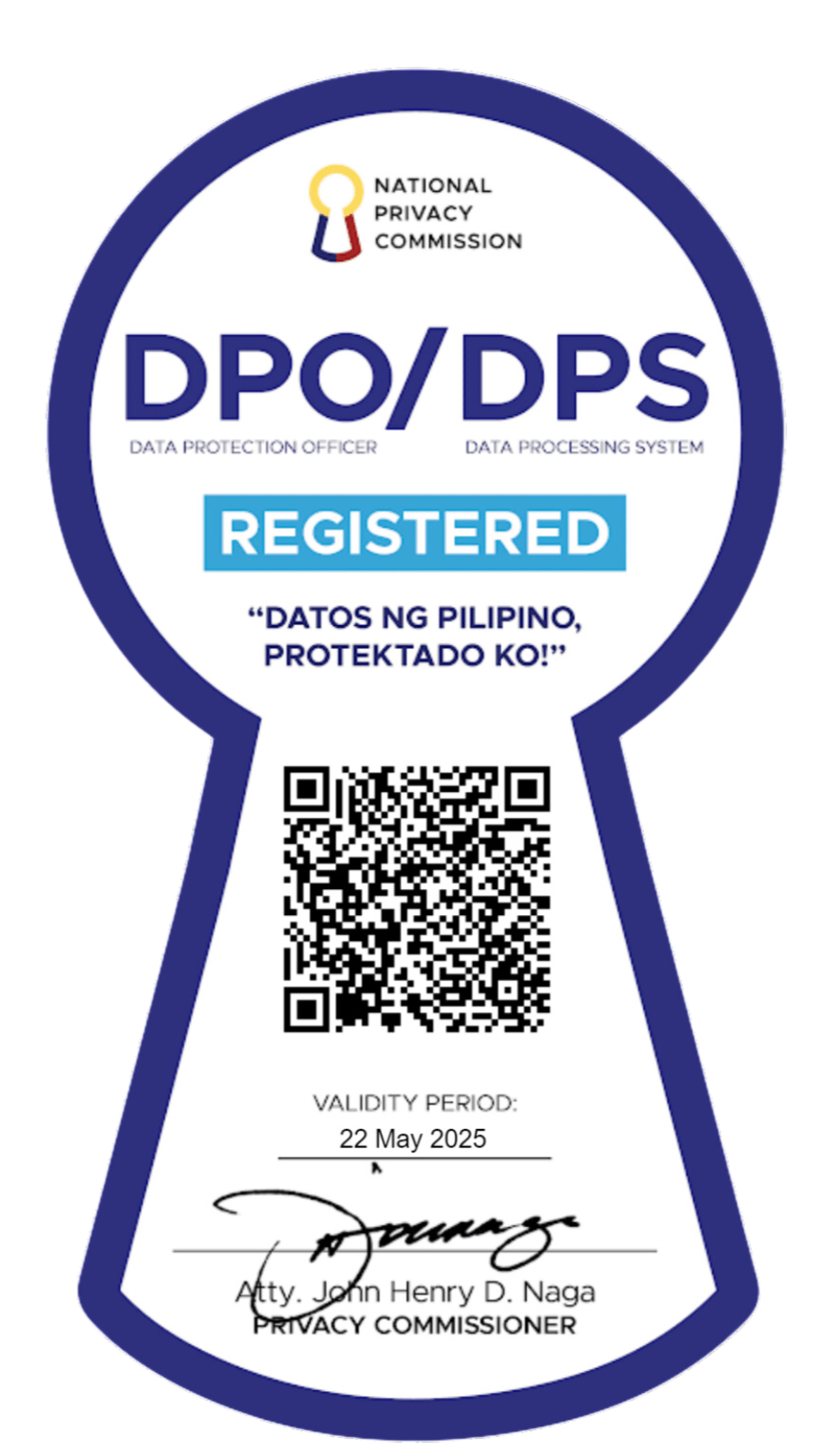FPRDI training benefits ‘Pablo’-stricken community in Compostela Valley
June 4, 2014
Theirs is a community that has remained strong despite the devastation wrought by Typhoon Pablo in December last year.
To turn uprooted trees and agro-forest wastes into raw materials for a potential livelihood project, 22 residents of Monkayo, Compostela Valley participated in the “Technical Training on Charcoal Production and Briquetting” last 8-10 May 2013. The training was organized by the Department of Science and Technology-XI, Department of Trade and Industry-Compostela Valley, Forest Products Research and Development Institute (FPRDI), and the local government of Monkayo. Four visitors from Davao Oriental also attended.
Engr. Belen B. Bisana, Supervising Science Research Specialist and Chief of FPRDI’s Bio-Energy and Equipment Development Section, discussed the process and raw materials for charcoal-making, the advantages of briquettes over ordinary charcoal, and the marketing of charcoal.
“Charcoal briquettes are compacted charcoal fines from agro-forest wastes mixed with a binder such as cassava starch. They are deemed more cost-effective than ordinary charcoal as they are denser, easy to ignite, and burn longer and more steadily. Ideal for bakery, restaurant and poultry farm use, charcoal briquettes are easy to transport and almost smokeless when burning,” stressed Bisana.
“The locals have been producing charcoal from coconut shells using the traditional system. Now, they are interested to try charcoal briquetting for a more controlled process that will give them higher quality fuel,” said Zenaida R. Reyes, Science Research Specialist II at the Technology Delivery and Industry Assistance Section and Training Coordinator. She added, “Since a large number of oil palm, rubber and fruit-bearing trees were destroyed during the typhoon, the local government sees charcoal briquetting as an opportunity for Monkayo residents to use the existing raw materials to earn additional income.” ### (Apple Jean C. Martin, 20 May 2013)

